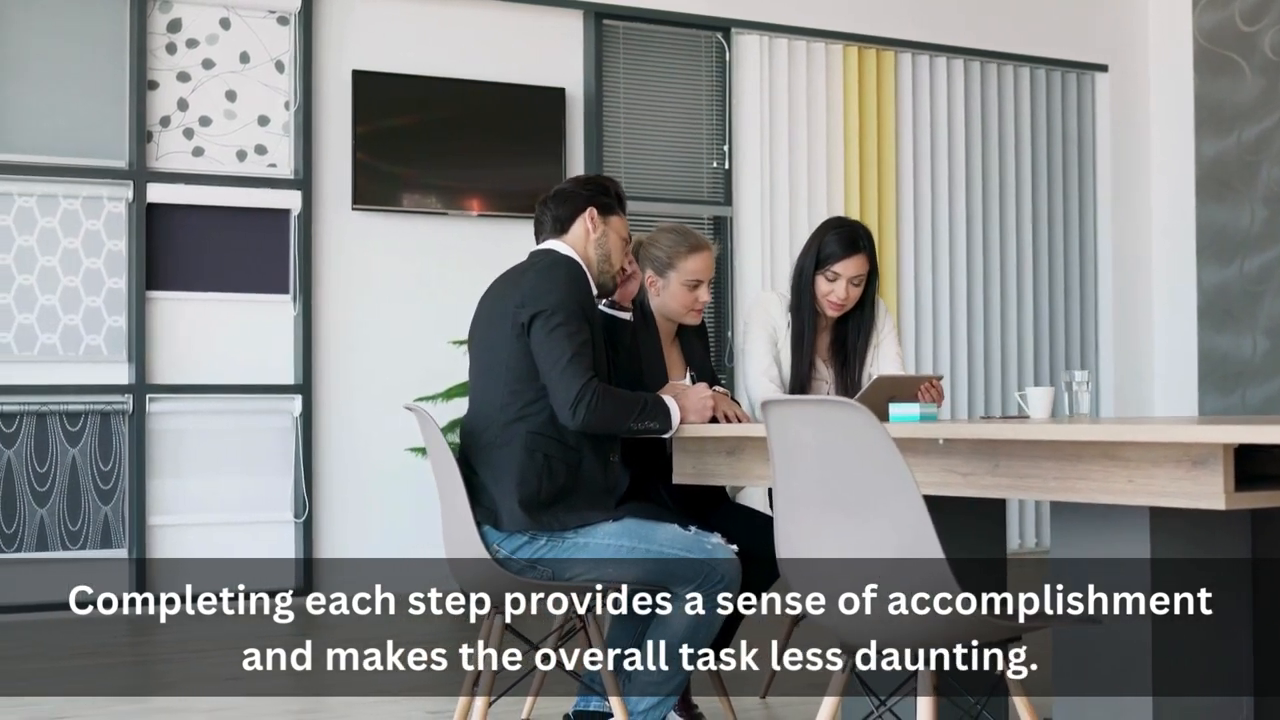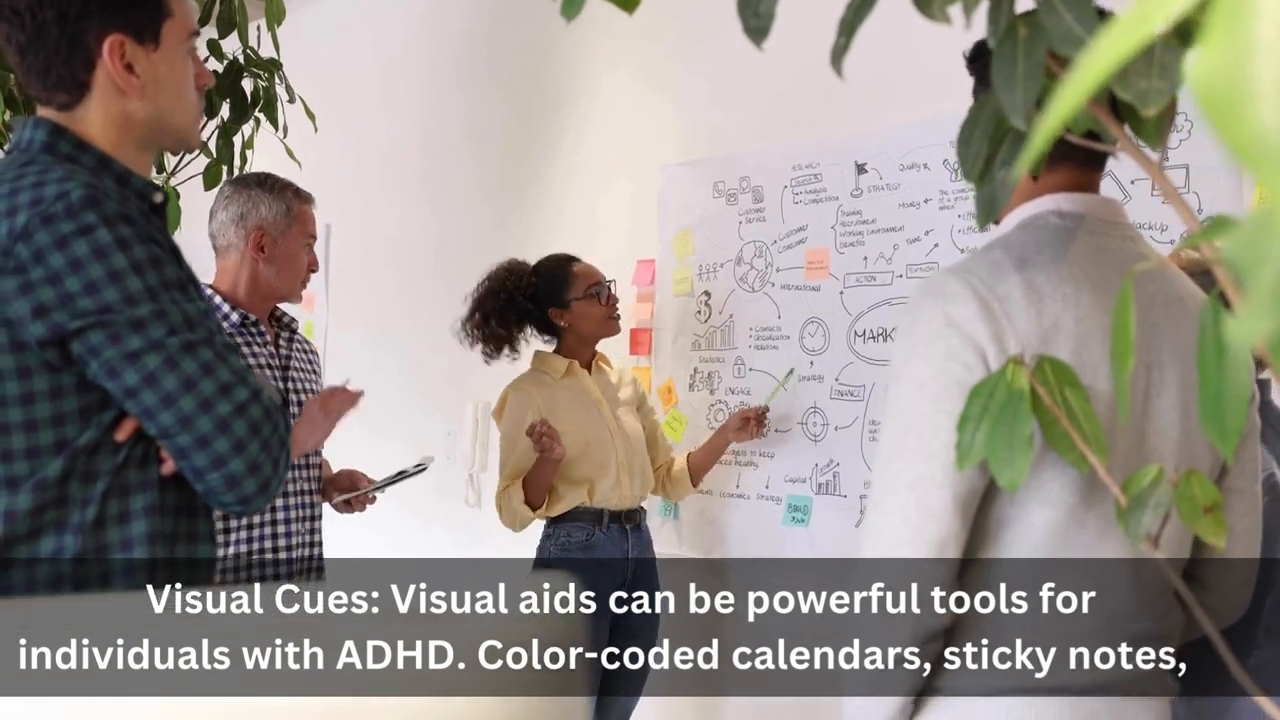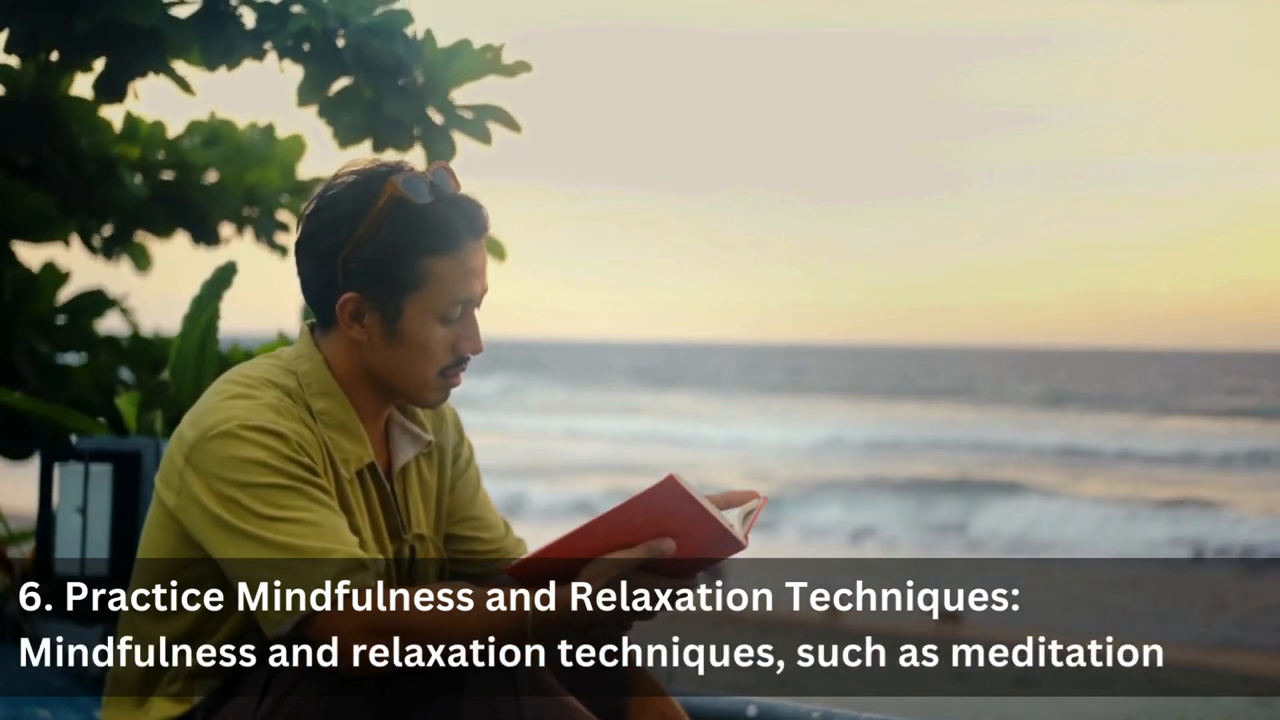The Pomodoro Technique is a powerful tool that can help you overcome procrastination and improve your productivity. This time-management method breaks down work into focused 25-minute intervals, allowing you to stay fully engaged during your study sessions.
As a proven productivity tool, the Pomodoro Technique transforms intimidating tasks into manageable chunks. You’ll discover how this simple yet effective method can change your study habits and improve your academic performance.
But it’s important to remember that staying focused and productive isn’t just about managing your time well. Your mental health also plays a crucial role in how productive you are. For example, issues like sexual anorexia, which can be caused by various psychological factors, may make it difficult for someone to concentrate and perform well in school.
On the positive side, virtual mental health patient portals have become valuable resources that offer accessible mental health support. These platforms can help address such issues and provide assistance when needed. Whether it’s finding anxiety treatment in Savannah, GA or connecting with a licensed counselor in Statesboro, Georgia, these online services offer support for those struggling with their mental health.
Key Benefits of the Pomodoro Technique:
- Fights procrastination head-on
- Maintains consistent focus
- Prevents mental fatigue
- Increases productivity
- Creates sustainable study habits
Whether you’re studying complex medical school materials or working on challenging research papers, the Pomodoro Technique provides a structured approach to make the most of your studying time and achieve better results. However, remember that taking care of your mental health is just as important during this process.
Understanding the Pomodoro Technique
The Pomodoro Technique was created in the early 1990s by Francesco Cirillo while he was in university. As a student looking for better ways to manage his study time, Cirillo came up with this method using a unique tomato-shaped kitchen timer – hence the name. “Pomodoro” means “tomato” in Italian, making it easy to remember the connection between the technique and its origin.
How the Pomodoro Technique Works
The Pomodoro Technique follows a simple yet powerful pattern:
- 25 minutes of focused, uninterrupted work
- 5 minutes of break time
- Repeat this cycle 4 times
- Take a longer 20-minute break after completing 4 cycles
This approach breaks down overwhelming tasks into smaller, manageable parts, making it easier to stay focused and track progress. The effectiveness of this method lies in its understanding of human attention spans and the brain’s need for regular breaks. For individuals who find it difficult to concentrate or have ADHD, this technique can be an effective strategy to overcome some of those challenges.
Tools You Can Use for the Pomodoro Technique
The technique requires minimal tools – you can use:
- Traditional tomato-shaped timer
- Smartphone apps
- Digital timers
- Online Pomodoro trackers
Why the Pomodoro Technique Works
The beauty of the Pomodoro method lies in its simplicity. By breaking work into focused 25-minute segments, you create a rhythm that helps maintain productivity while preventing mental fatigue. This structured approach to time management has made the Pomodoro Technique a staple tool for students and professionals alike.
Limitations of the Pomodoro Technique
However, it’s important to note that staying productive isn’t just about managing time effectively. For some individuals, problems like procrastination or other mental health challenges may affect their ability to concentrate and work efficiently. In such cases, seeking help from mental health care facilities could provide valuable support.
Moreover, if you’re dealing with more specific issues like compulsive behaviors, it’s crucial to address these concerns directly as they can greatly impact your productivity and overall well-being.
How to Effectively Use the Pomodoro Technique for Studying
Implementing the Pomodoro Technique requires minimal setup – you’ll need just a timer and your study materials. Here’s a practical guide to get started:
1. Basic Setup
- Choose your preferred timer (phone app, computer software, or physical timer)
- Set up your study space free from distractions
- Have your study materials ready and organized
- Put your phone on airplane mode or “do not disturb”
2. Study Session Structure
- Select a specific task or subject to study
- Set your timer for 25 minutes
- Work with complete focus until the timer rings
- Take a 5-minute break
- Repeat the cycle four times
- Take a longer 20-minute break
3. Recommended Timer Apps
- 30/30 (iPhone) – Features a clean interface with customizable intervals
- Forest App – Helps prevent phone distractions
- Traditional Pomodoro Timer – Simple, aesthetic interface
- Time-tracking apps with Pomodoro integration
4. Break Management Tips
- Leave your study space during breaks
- Practice physical movement (stretching, third-world squat)
- Use breaks for bathroom visits and water refills
- Avoid screens during short breaks
- Don’t skip breaks when doing multiple cycles
5. Handling Interruptions
Use the “inform, negotiate, callback” strategy:
- Inform others you’re in the middle of a task
- Negotiate a time to address their needs
- Call back during your next break
The key to success lies in maintaining strict focus during your 25-minute work periods. Don’t check the timer repeatedly – trust the system and immerse yourself in your study material. Your timer will alert you when it’s time to take a break.
However, if you find it challenging to maintain focus due to issues such as adult ADHD, it might be beneficial to seek professional help. Therapy has been known to illuminate the path out of depression and can provide valuable ADHD treatment tips.
If anxiety is affecting your study sessions, consider attending some anxiety workshops that could offer practical strategies for managing stress.
Lastly, remember that studying doesn’t have to be a solitary endeavor. Utilizing telehealth services can provide convenient access to mental health support while you navigate through these challenges.
Strategies to Maximize Your Productivity with the Pomodoro Technique
Managing distractions effectively during your Pomodoro sessions is crucial for maintaining peak productivity. Here’s a proven strategy to keep your focus sharp:
Digital Distraction Management:
- Put your phone on airplane mode or “do not disturb”
- Close unnecessary browser tabs
- Disable desktop notifications
- Use website blockers for social media platforms
Handling Human Interruptions:
Follow the Inform-Negotiate-Callback approach:
- Inform – Let others know you’re in the middle of focused work
- Negotiate – Set a specific time to address their needs
- Callback – Return to them after completing your Pomodoro
Workspace Optimization:
- Create a dedicated study space
- Keep essential items within reach
- Use noise-canceling headphones if needed
- Maintain a clean, organized desk
Pro Tip: When using “do not disturb” mode on your phone, check your timer app settings. Some timer notifications might be blocked, potentially disrupting your Pomodoro flow. Consider using dedicated Pomodoro apps like 30/30 for iPhone, which offers a clean interface and customizable settings for distraction-free focus sessions.
If you struggle with distractions due to conditions like ADHD, exploring options such as teletherapy for ADHD or mindfulness techniques may provide some relief. Additionally, leveraging telepsychiatry convenience can also help in managing ADHD symptoms more effectively, ultimately leading to better productivity. For those seeking more comprehensive strategies on ADHD management, it’s worth considering professional guidance.
When and Why the Pomodoro Technique is Most Beneficial for Students
The Pomodoro Technique shines brightest during specific study scenarios that many students face. Medical school experiences reveal its effectiveness in:
- Tackling Unmotivating Subjects: Start with just one 25-minute cycle for subjects you find dull or challenging. This small commitment makes it easier to begin, and the momentum often carries you through additional cycles.
- Breaking Down Large Tasks:
- Textbook chapter readings
- Flashcard reviews
- Research project background reading
- Data analysis sessions
Study Session Types:
- Exam Preparation Days: Regular breaks prevent burnout during long study sessions, especially the day before finals
- Lecture Reviews: Natural break points between lectures work better than strict time intervals
- Research Work: Background reading benefits from standard Pomodoro cycles, while analysis and writing often require longer, uninterrupted focus periods
The technique’s flexibility allows you to adapt it based on your task type. You might prefer a standard digital pomodoro timer for regular study sessions, or a task-based approach for research work. Some students find success with longer cycles, such as 50/10 minute intervals, particularly for complex academic tasks.
However, it’s important to note that the effectiveness of the Pomodoro Technique can be influenced by various factors including mood swings and attention-related challenges such as ADHD. In such cases, leveraging telemedicine platforms for psychiatric support can provide valuable resources and strategies to better manage these issues.
Customizing Your Pomodoro Sessions for Optimal Results
The traditional 25/5-minute Pomodoro structure isn’t a rigid rule – it’s a template you can adapt to your workflow. Many students find success with a 50/10-minute allocation, allowing deeper focus during complex tasks.
Here’s how you can personalize your Pomodoro sessions:
1. Adjust Session Length
Match your focus span with these time allocations:
- 25/5 minutes: Quick tasks, reading
- 50/10 minutes: Deep work, research analysis
- 60/15 minutes: Creative projects, writing
2. Choose Your Timer
Select a timer that suits your preferences:
- 30/30 App: Clean interface with customizable intervals
- Notion Pomodoro: Integration with your study notes
- Chrome Extensions: Browser-based timing for online work
- Toggl Track: Time tracking with Pomodoro features
The key is experimenting with different timing combinations. Your optimal work-break ratio might vary based on:
- Task complexity
- Energy levels throughout the day
- Subject matter difficulty
- Study environment
Try different intervals until you find your sweet spot – the perfect balance between sustained focus and effective breaks.
Exploring Applications of the Pomodoro Technique Beyond Studying
The Pomodoro Technique adapts seamlessly to different academic tasks, each requiring unique timing approaches:
1. Research Projects
- Background Reading: Standard 25/5 intervals work well for literature review
- Data Analysis & Writing: Longer, uninterrupted focus periods prove more effective
- Writing Papers: Extended concentration blocks without breaks maintain flow
2. Lecture Review
- Natural break points between individual lectures
- Brief pauses after completing each lecture section
- Flexible timing based on lecture length
3. Reading Tasks
- Textbook Chapters: Traditional 25-minute blocks
- Academic Papers: Modified intervals based on paper length
- Study Notes: Standard Pomodoro cycles with 5-minute breaks
The technique’s versatility allows you to tackle different academic challenges with varied timing structures. You can use dedicated Pomodoro apps, timers, or integrate the method into productivity tools like Notion for seamless task management.
However, it’s important to remember that the Pomodoro Technique is not just a study aid; it can also be beneficial in managing mental health challenges such as major depressive disorder. The structured breaks and focused work periods can help in maintaining a routine, which is often beneficial for those dealing with depression.
Conclusion
The Pomodoro Technique is a powerful productivity tool that can transform your study habits and work efficiency. Your success with this method depends on your willingness to adapt and experiment with different timing intervals – whether it’s the traditional 25/5 minute split or a modified 50/10 format.
Start small with a single 25-minute Pomodoro session. You’ll likely discover, as many students have, that the hardest part is getting started. Once you build momentum, you might find yourself naturally flowing through your tasks with renewed focus and energy.
However, if you find that certain mental health challenges are hindering your productivity, it may be beneficial to seek professional help. Best psychiatrists in Milledgeville and Savannah GA psychiatric evaluations are available for those who need it.
Ready to boost your productivity?
- Try the 30/30 app for a clean, customizable Pomodoro experience
- Experiment with different time intervals
- Listen to your natural work rhythm
- Adjust the technique to serve your needs
Remember: The best study method is the one that works for you. The Pomodoro Technique offers a flexible framework – make it your own.













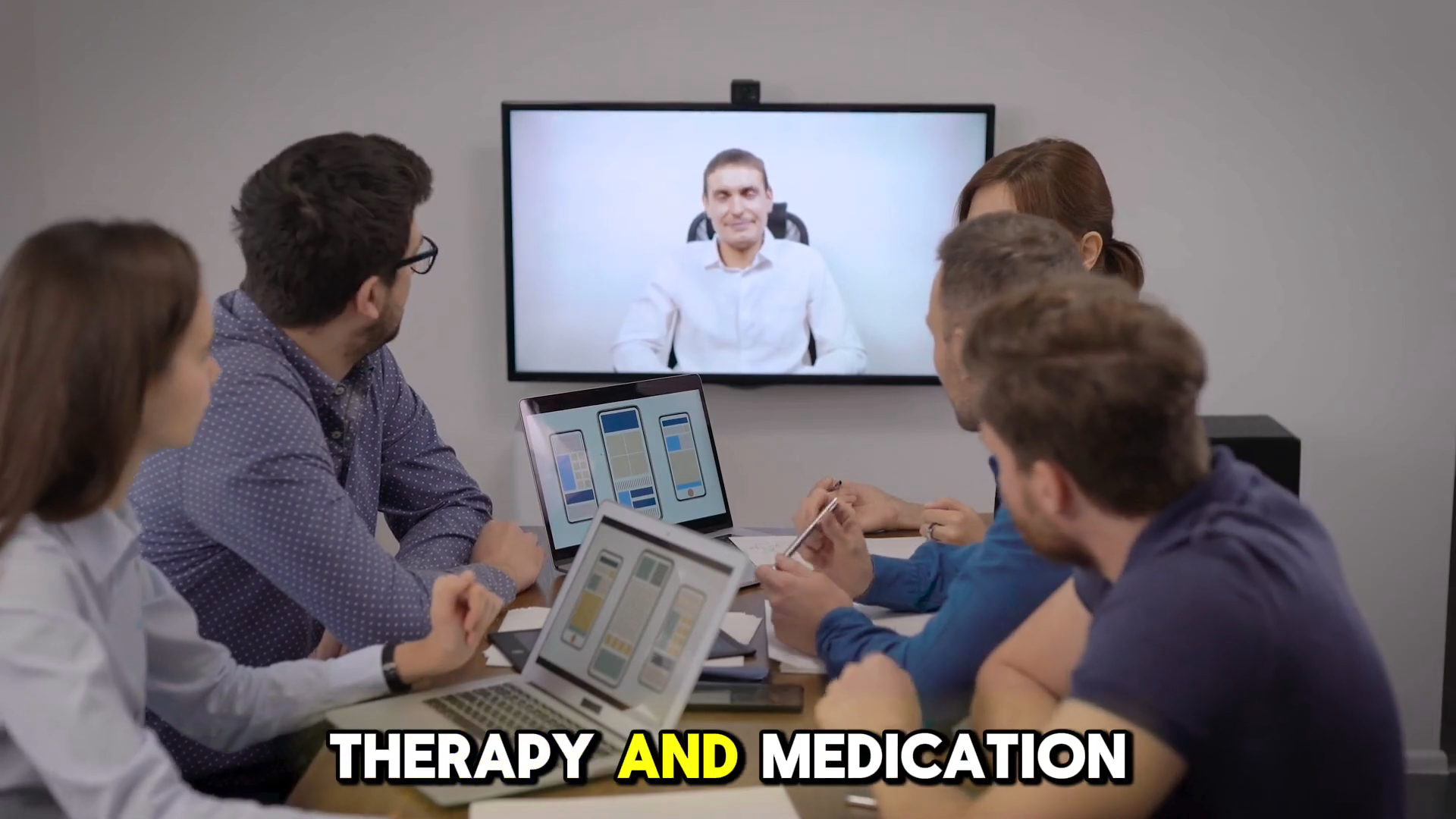



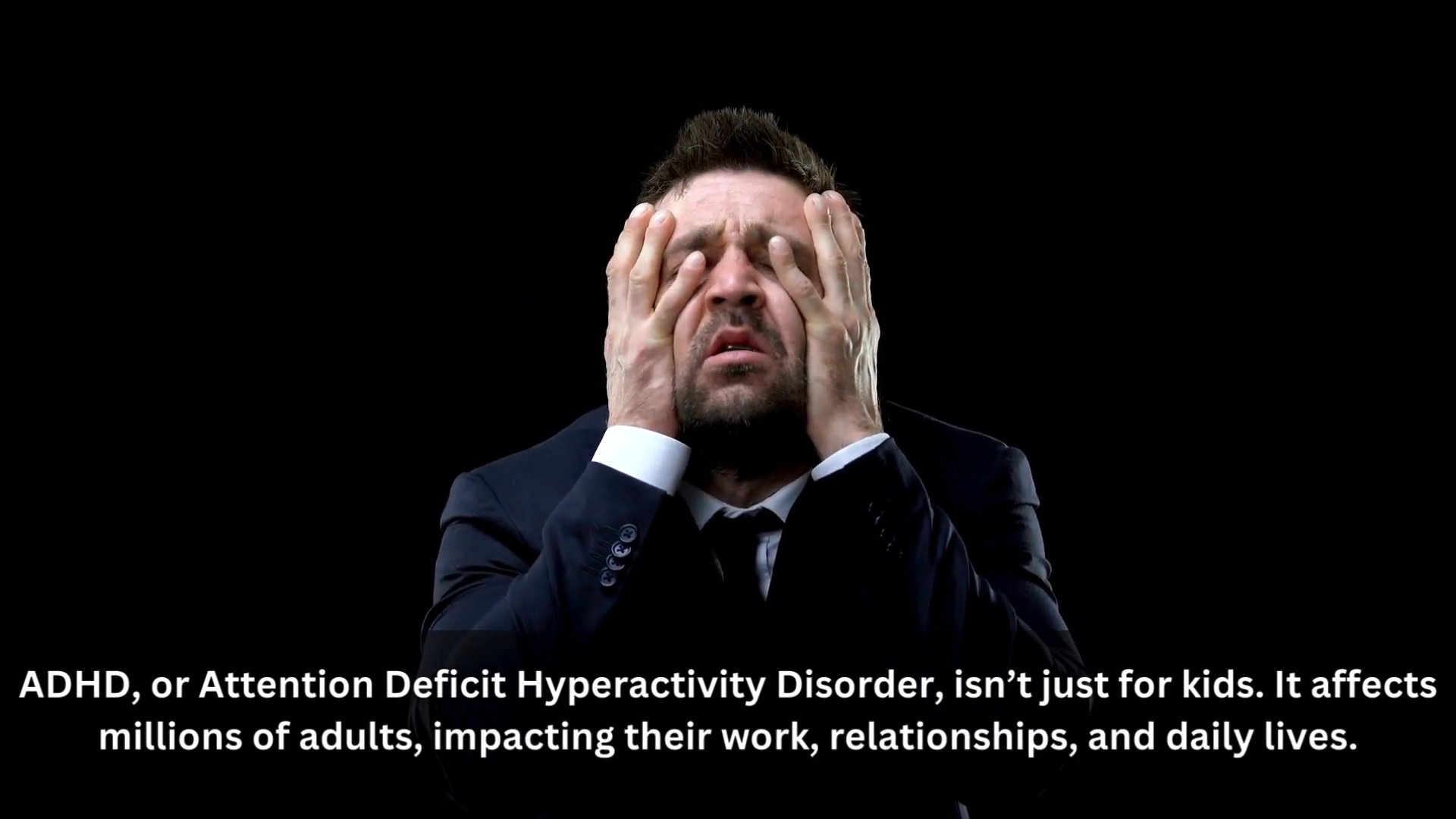





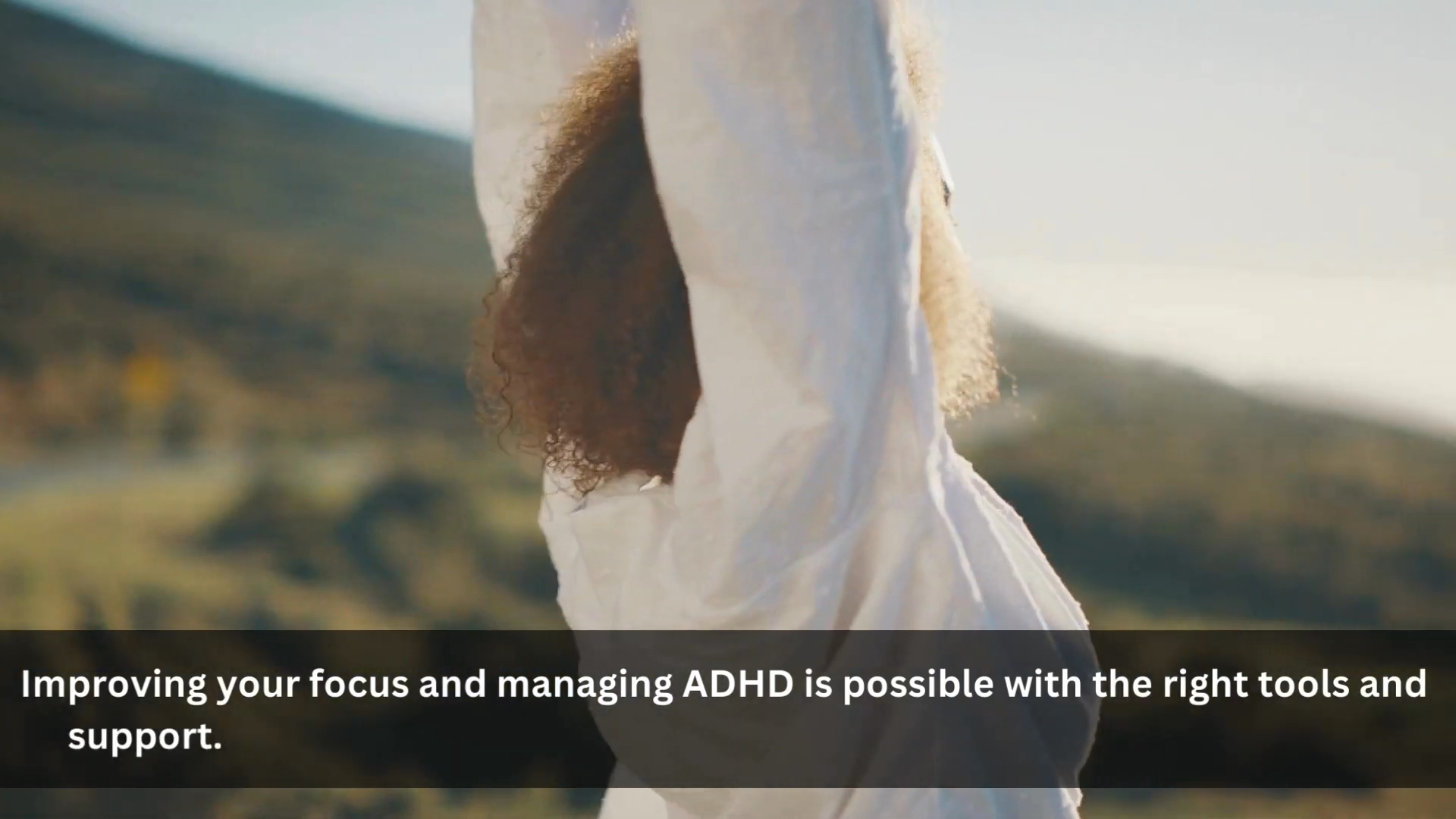
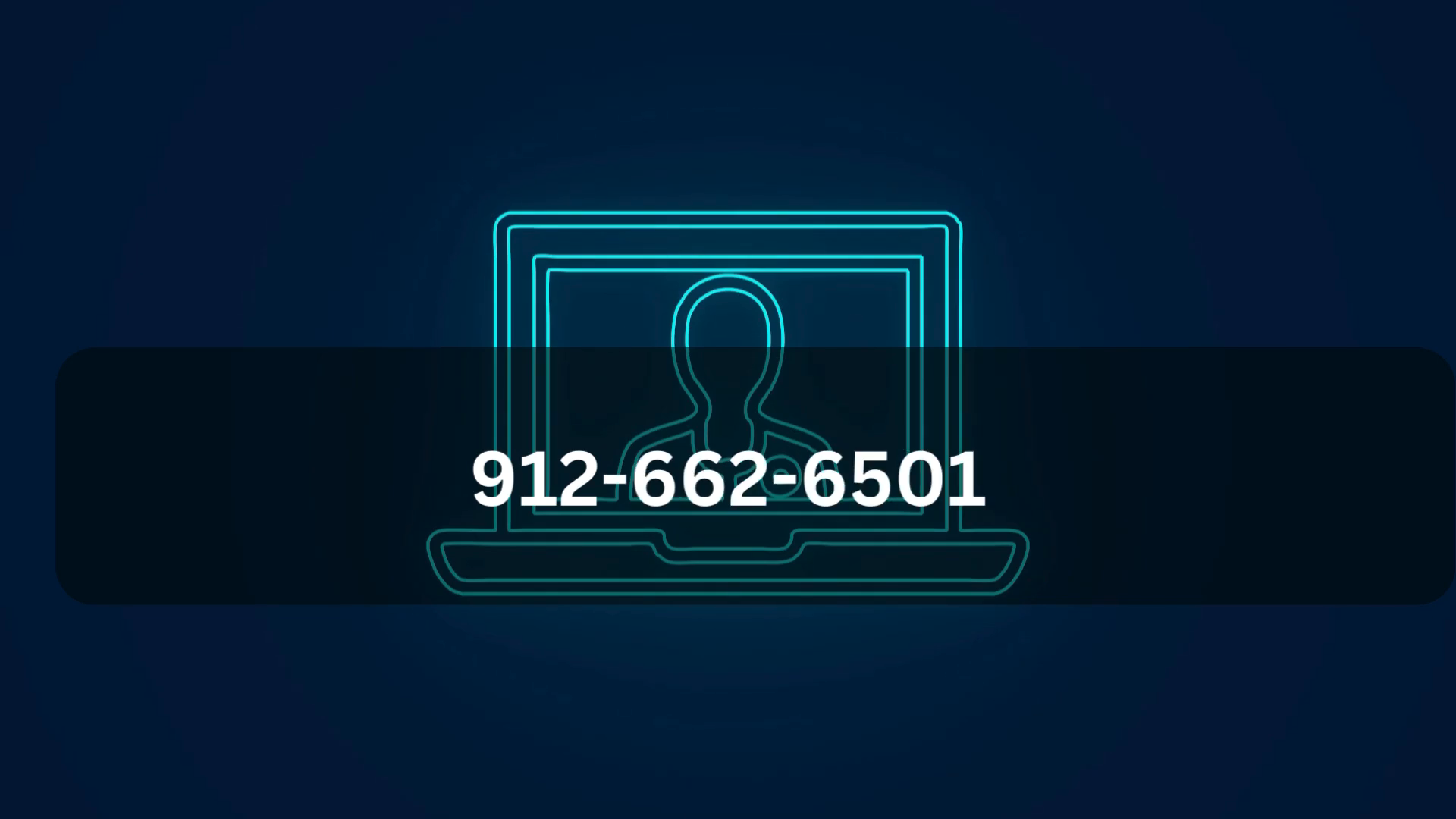
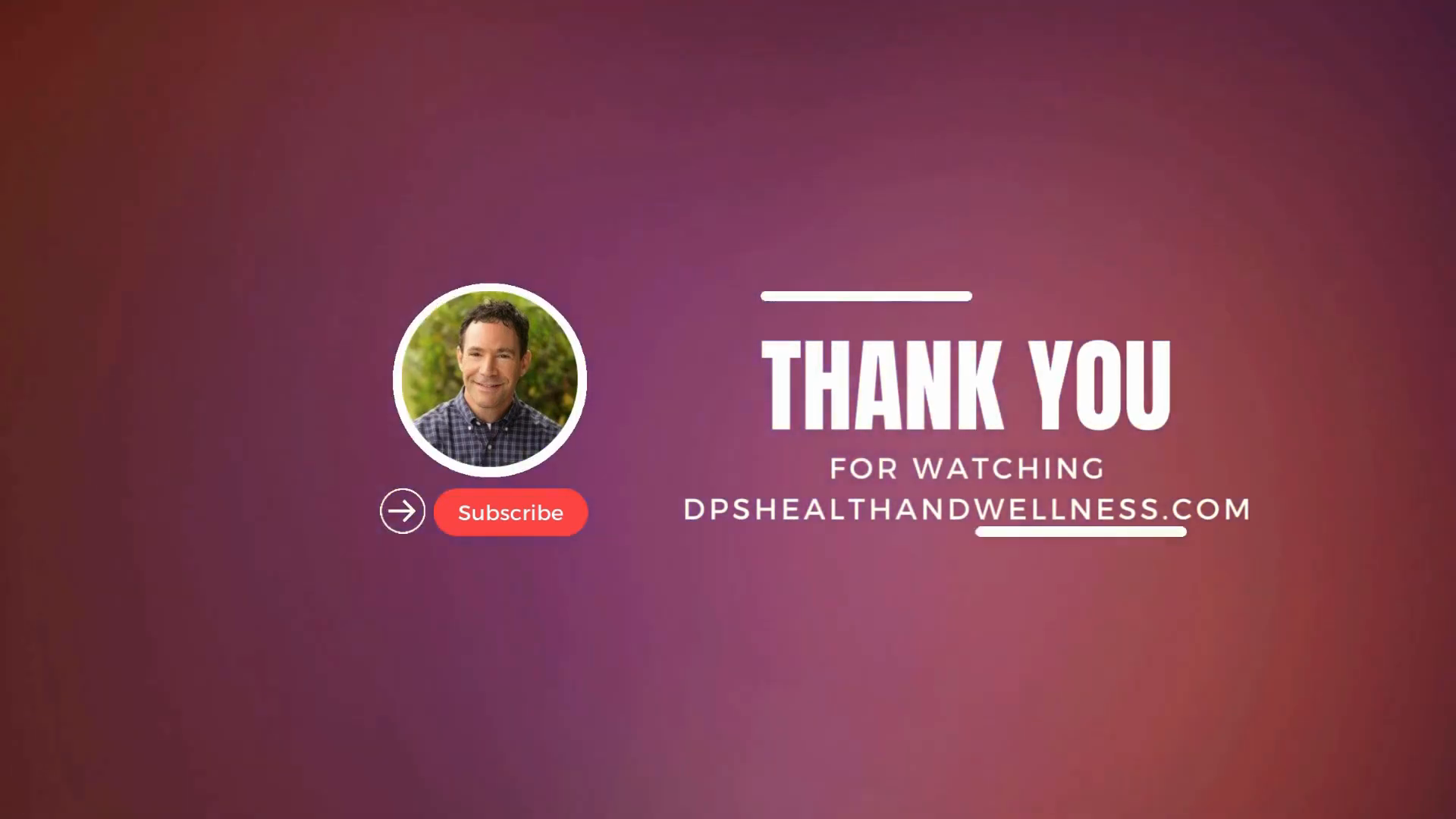

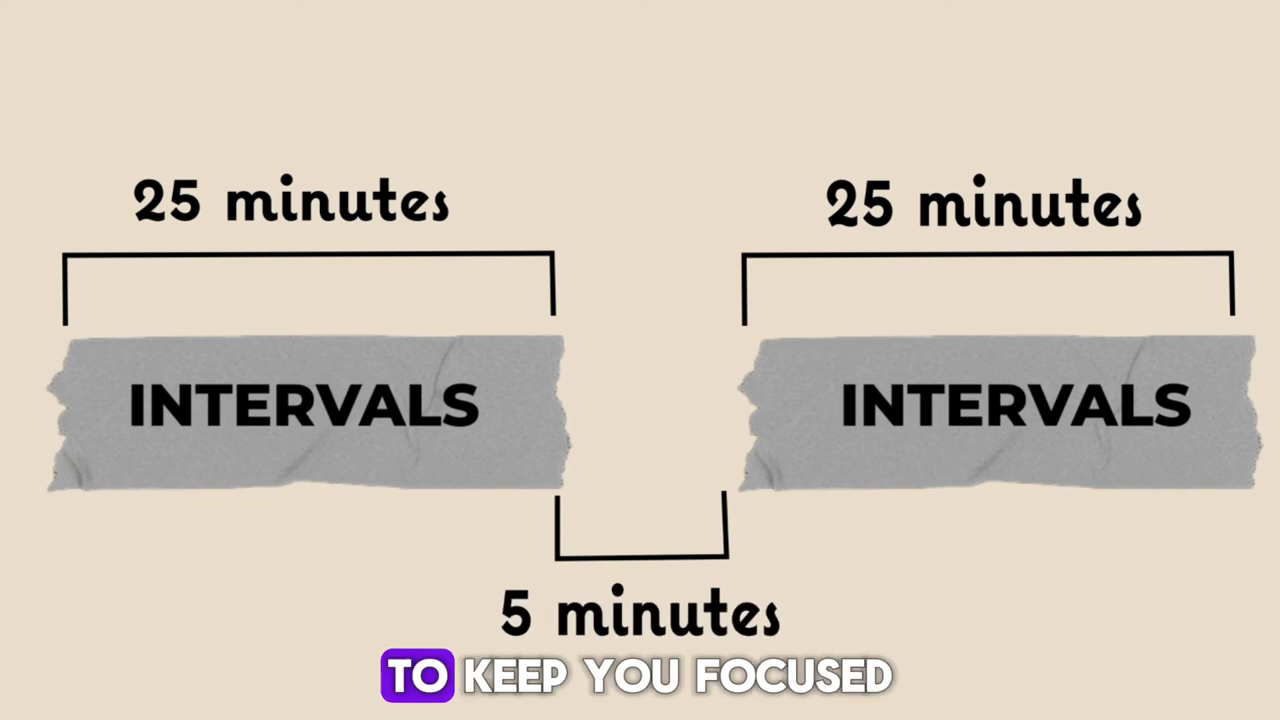



















 Living with adult attention deficit hyperactivity disorder (ADHD) can seem like you’re navigating a labyrinth without a map. It involves unique challenges that can impact various aspects of day-to-day life. But fear not, my friends! With a handful of effective coping strategies, you can bolster your daily performance and give your overall wellness a much-needed boost.
Living with adult attention deficit hyperactivity disorder (ADHD) can seem like you’re navigating a labyrinth without a map. It involves unique challenges that can impact various aspects of day-to-day life. But fear not, my friends! With a handful of effective coping strategies, you can bolster your daily performance and give your overall wellness a much-needed boost.

